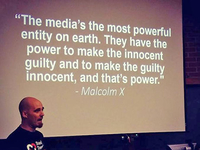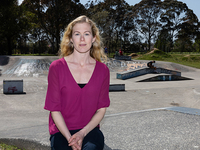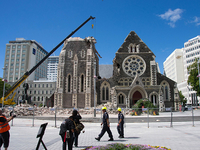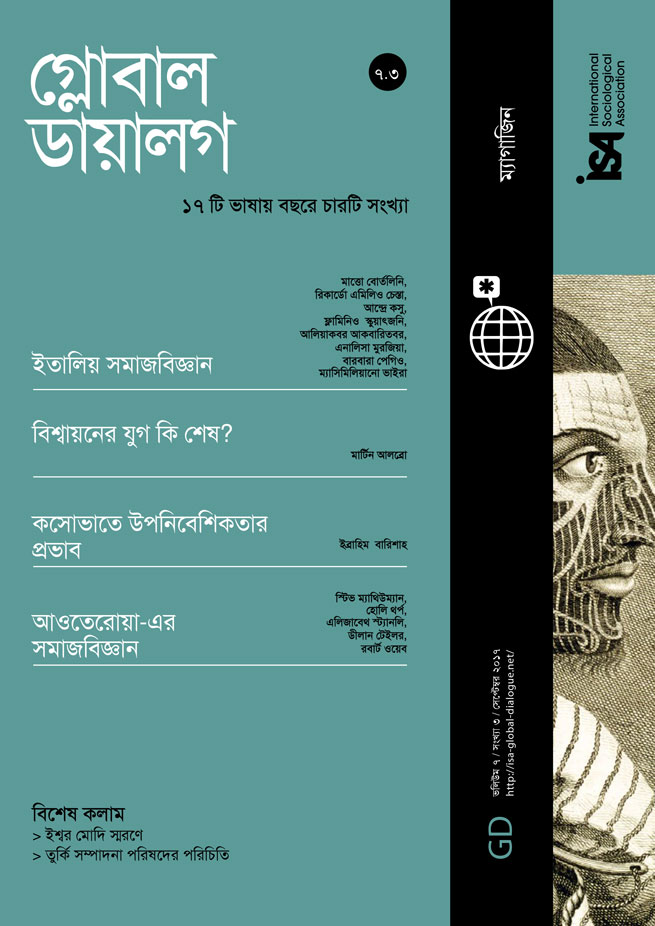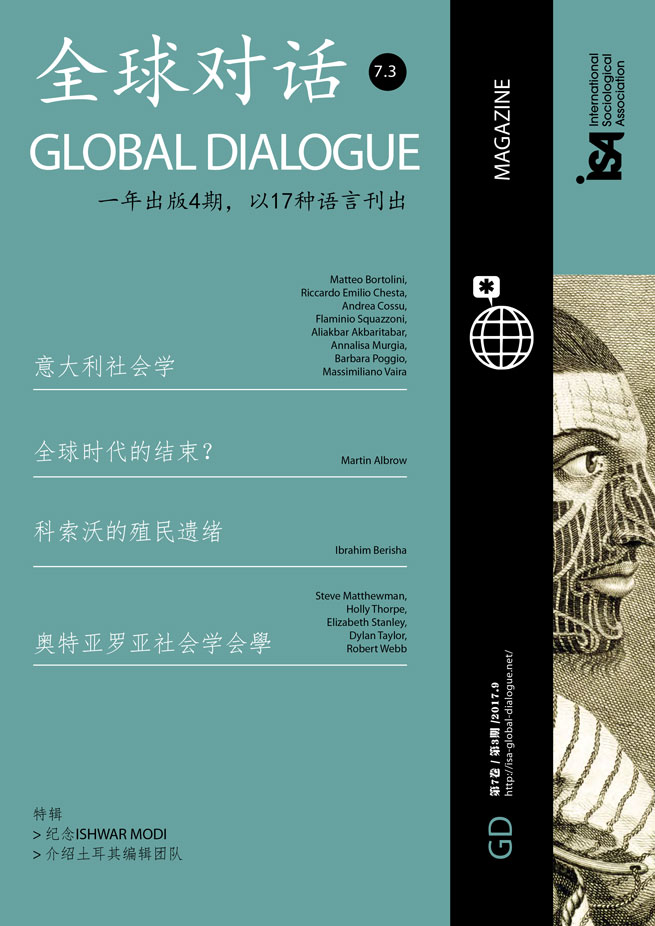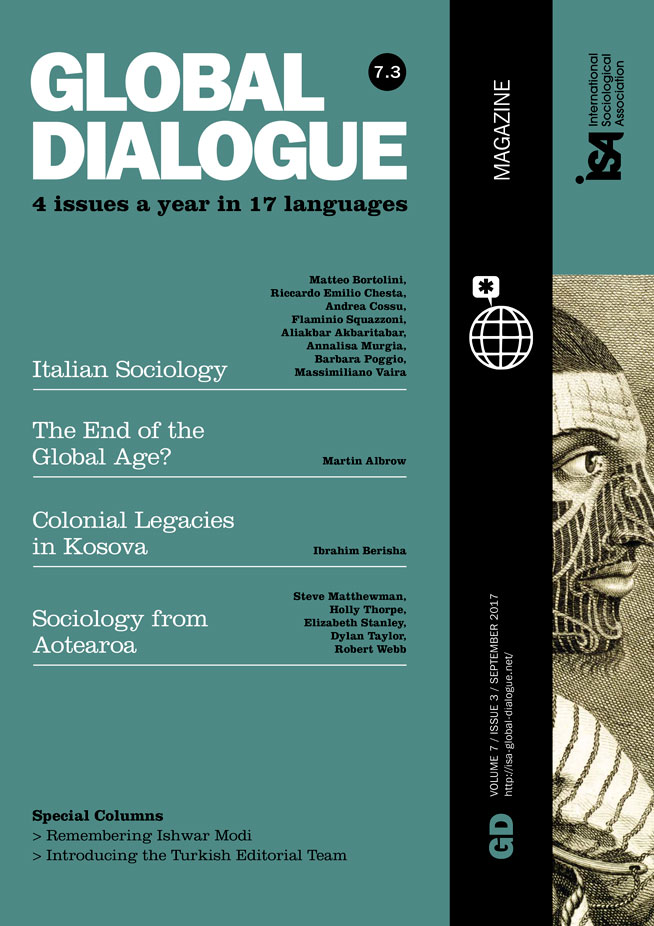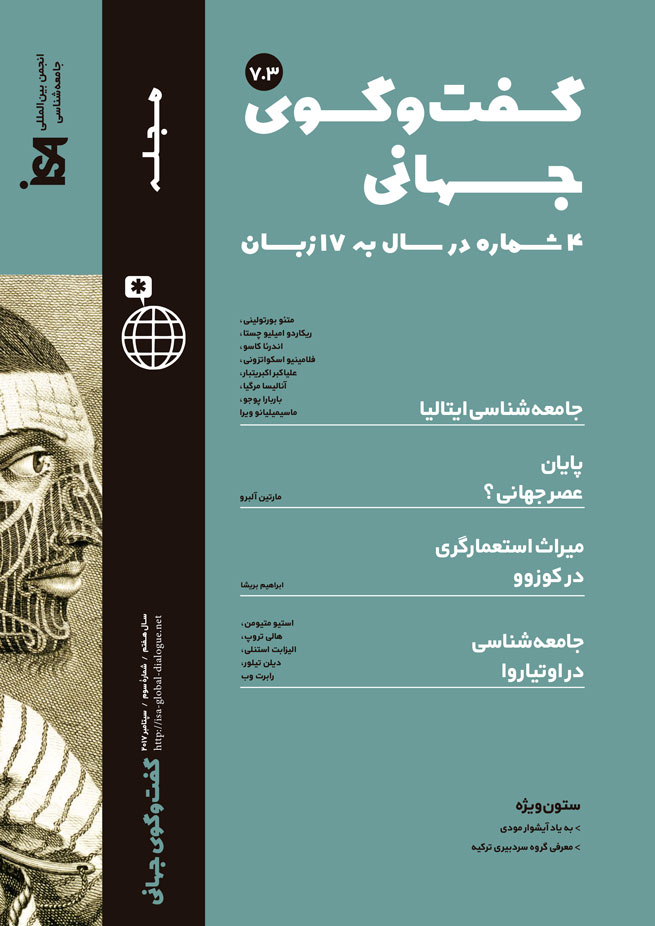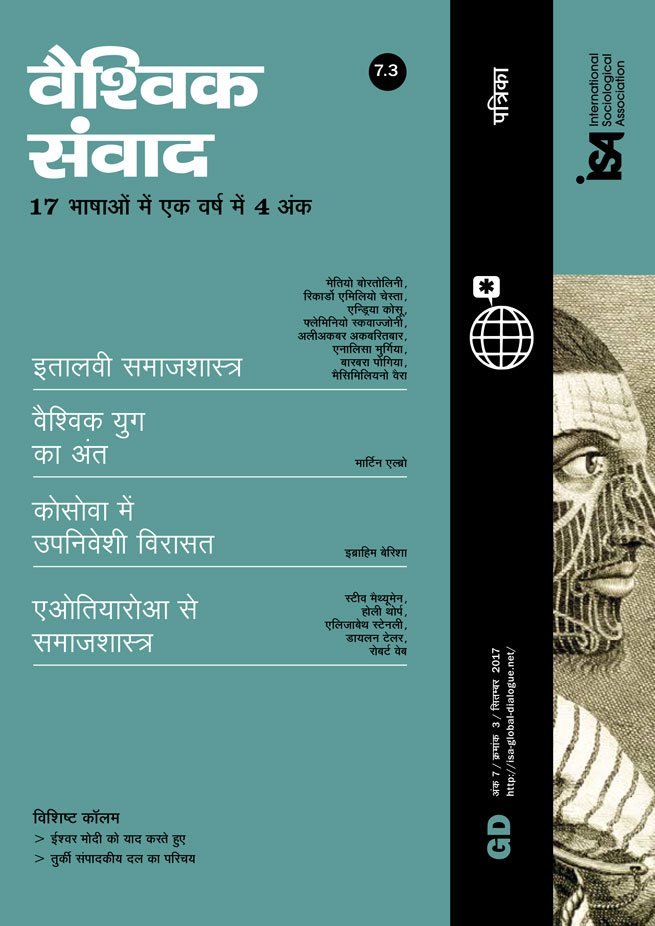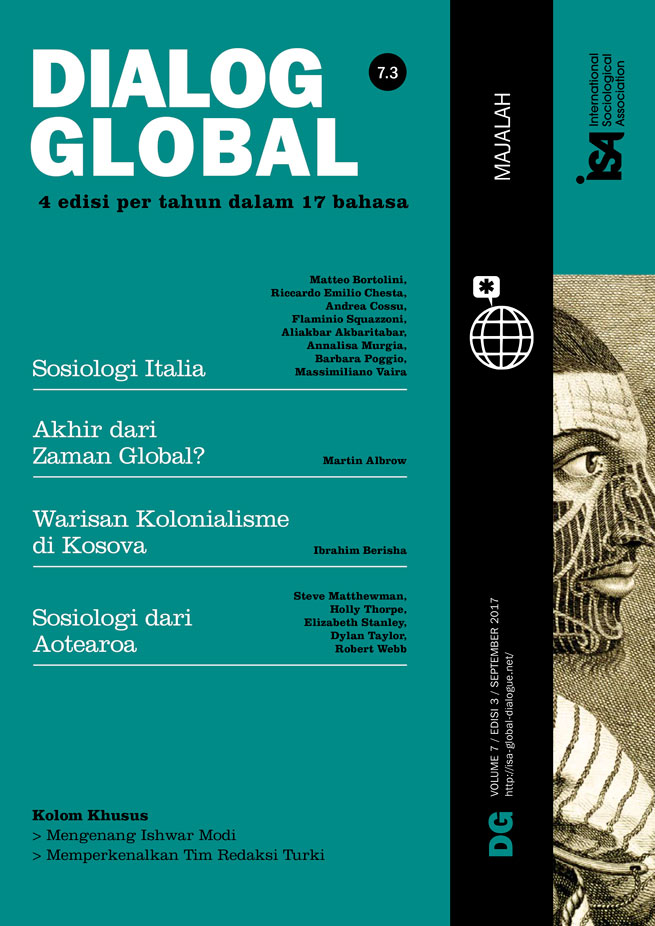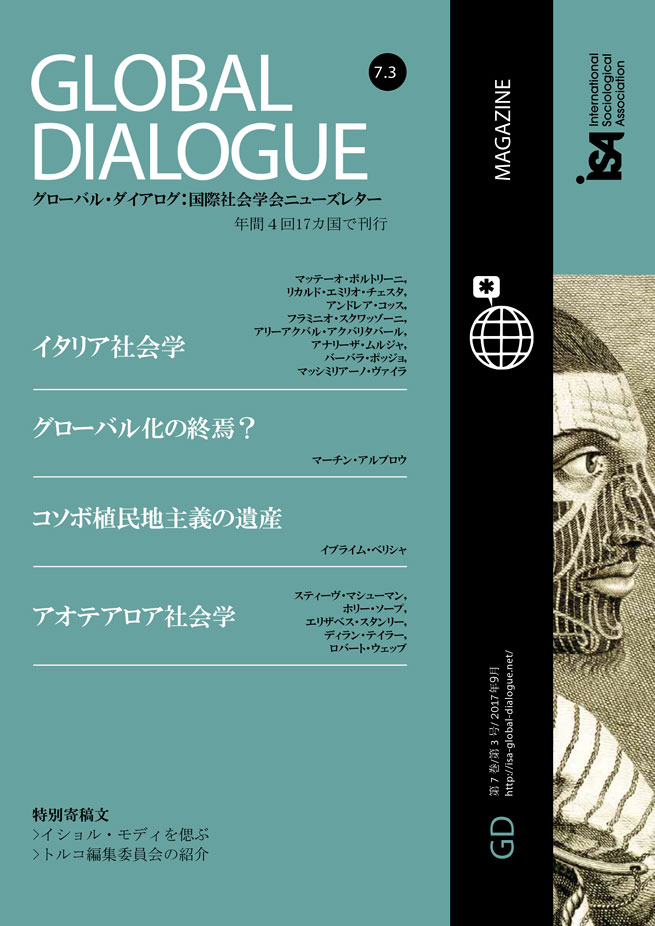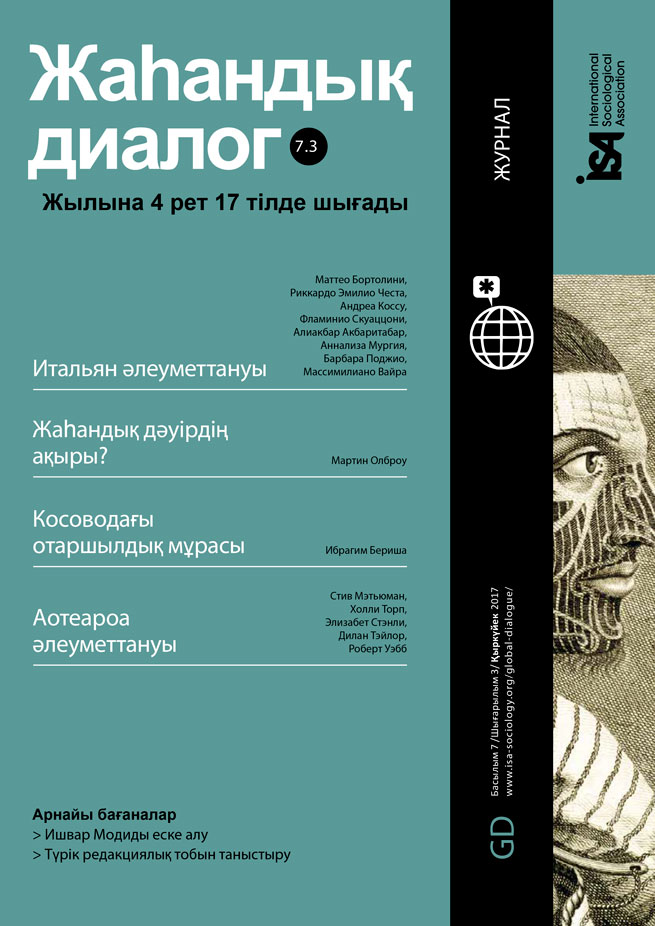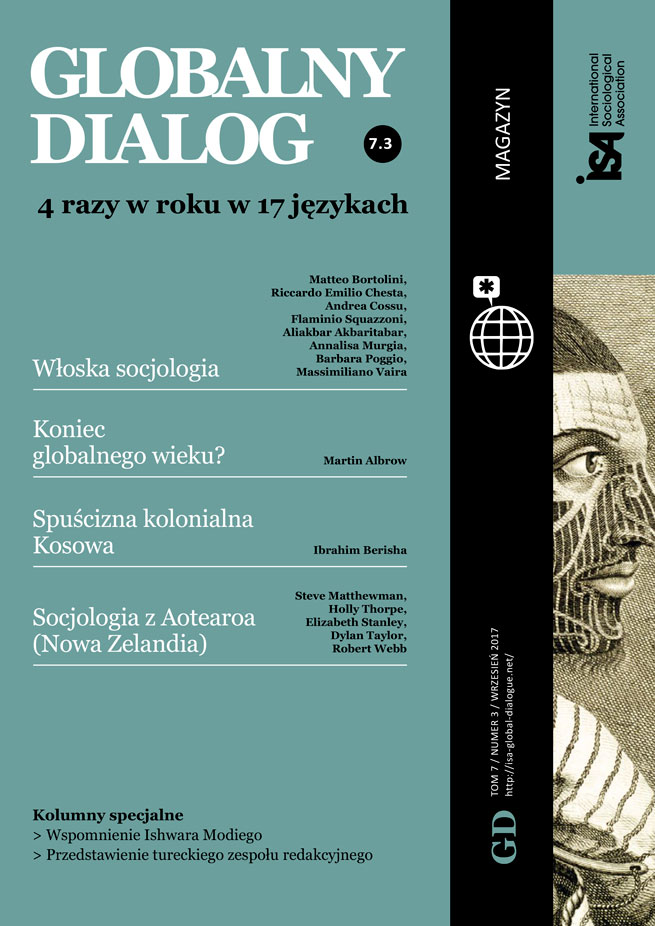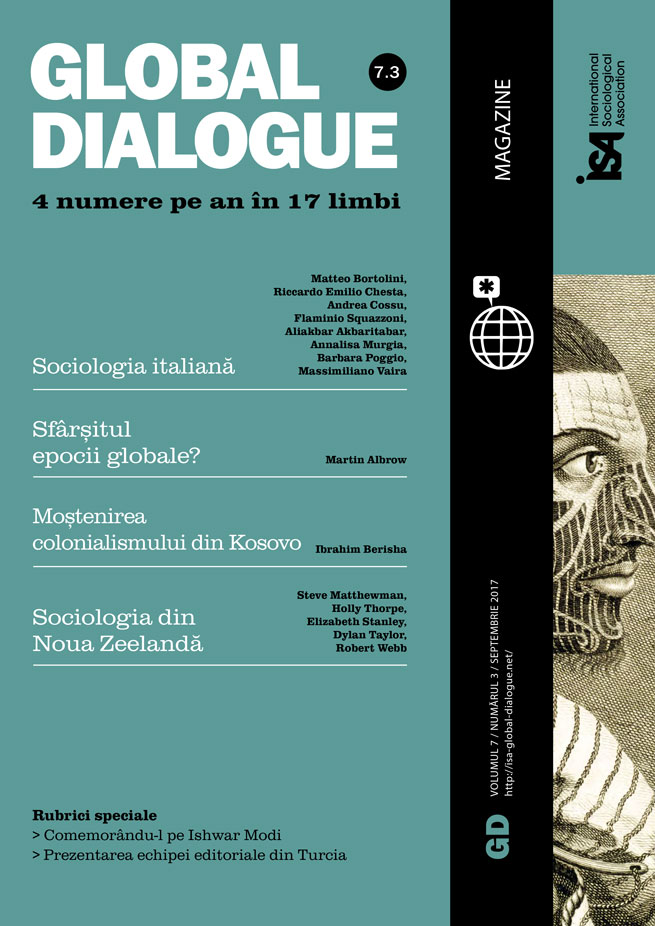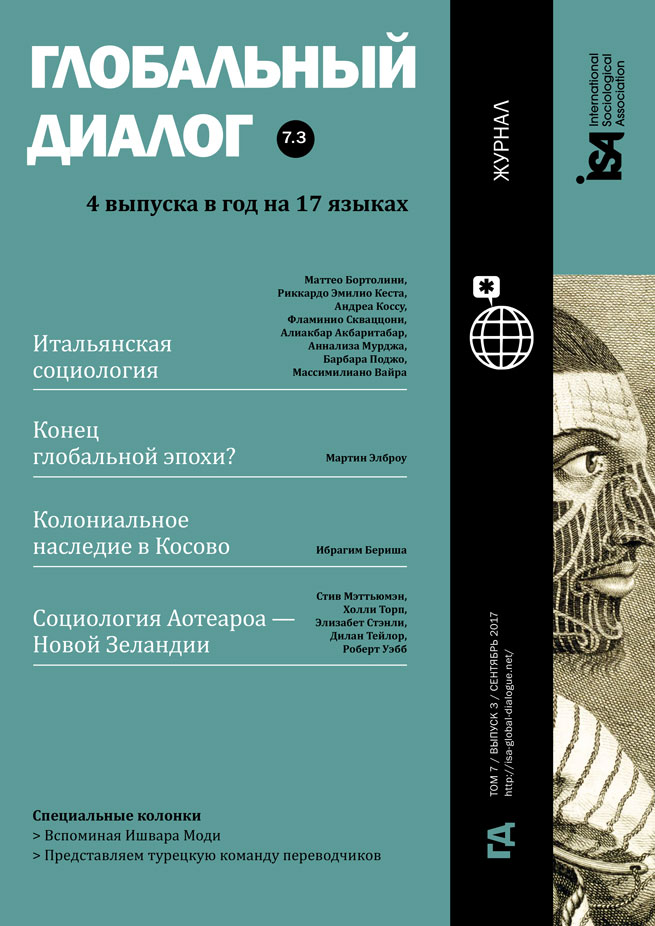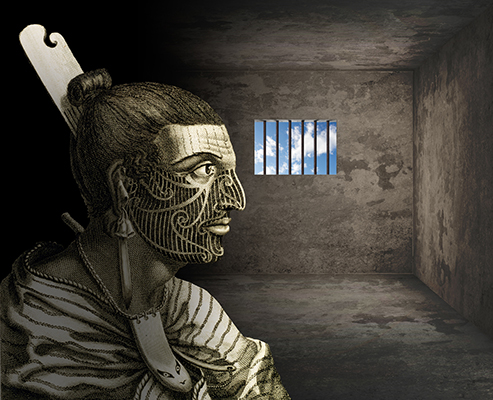In Aotearoa New Zealand, the social marginalization of Māori is apparent in disproportionate rates of criminalization and victimization – a situation that parallels that of other Indigenous peoples who have experienced widespread dispossession in Anglo-settler countries. A minority population of only 15% of the general population, Māori are more likely than the country’s other citizens to experience arrests, convictions and punitive punishments. Despite New Zealand’s international reputation for innovative restorative justice practices that draw upon Māori traditions, its imprisonment rate remains comparatively high – a situation that has been particularly detrimental for Māori, who comprise 50% of the country’s male and 60% of female prisoners. Despite wide recognition that this system has failed to reduce crime rates and causes children and families of prisoners to experience profound problems of social exclusion, recent news reports indicate that prison rosters will probably continue to grow.
Criminal justice interventions aimed at Māori have been rationalized in different ways from the colonial period to the present. At various times in the country’s history, representatives and officials from New Zealand state agencies have attempted to explain criminal offending amongst Māori as a supposedly self-evident social problem manifesting itself in the traditions and structures of Māori communities. More recently, ideas around the exposure to risk factors and criminogenic needs have come to dominate analyses, often constructing Māori as a population in need of active state intervention. Most policy responses rely on theoretical and empirical analyses arising from the British or North American contexts, yet they inform the ongoing social control of the Māori – largely ignoring the social and cultural differences between those who are theorized about, that is Māori, and the social, historical and political context in which the underlying theories have arisen.
For decades Māori have challenged the systemic racism of state policies and institutionalization in New Zealand. Criticisms of this approach appear in the influential report by Moana Jackson (1988), The Māori and the Criminal Justice System – He Whaippānga Hou, which looks at criminal justice from Māori perspectives. This analysis describes the social and historical processes that impact on Māori life, including colonization and the imposed justice system. This report continues to inform critical understandings of the New Zealand criminal justice system, and the ways cultural values inform practices and approaches.
Of course, there have been state attempts to reform justice practices to reflect culturally diverse values, and to address Māori concerns over criminal justice. Changes to the youth justice system since 1989, which include family group conferencing and the introduction of the Children, Young Persons and Their Families Act 1989 (CYPFA), illustrate this, aiming to divert youth offenders away from the formal court system, using family group conferences bringing offenders and family together with victims and their families. This conferencing style of justice is said to be drawn from Māori philosophies that see collective responsibilities in social relationships. However, despite the availability of conferencing alternatives, Māori make up an increasing proportion of children and youth aged 10 to 16 years who are prosecuted in Youth Courts — a figure that has now reached 62% of Youth Court prosecutions.
Some researchers have pointed out that conferencing models do not fundamentally alter the underlying philosophies or structures of state justice. Instead, state authority continues to be maintained through other forms of social control. Juan Tauri notes that family group conferencing is a largely non-Māori practice that uses only some Māori cultural practices. He argues that CYPFA itself was influenced by Jackson’s criticisms of ethnocentrism in justice, and that the process incorporates some Māori components in part due to submissions from Māori organizations. However, he notes, family group conferencing is largely non-traditional in practice, although some aspects of Māori custom are included in a practice largely administered by officials.
Developing meaningful analyses and critiques has been a concern of Māori in the academy and social sciences, requiring us to examine the ways in which we research social situations as Māori. Many of us support the development of Indigenous communities, and a work like Linda Smith’s Decolonizing Methodologies has influenced Māori and other scholars to explore theories and methods that recognize Indigenous experiences and knowledge. Similarly, many of us hope to develop a critical Indigenous criminology that recognizes Māori experiences and conceptualizations of wrongdoing and social harm.
Moving state responses beyond the administrative tough-on-crime fixation that has expanded punitive responses like incarceration will require moving beyond theoretical instruments that fail to take into account or respond to the social reality of Māori. Similarly, it will require social theorists to engage with and form emancipatory research partnerships with Indigenous peoples. An effort to build an Indigenous criminology will have to involve drawing attention to various interrelated elements of offending, the collective experiences of social harm. It would have to examine the role of the state and the criminal justice system in creating social marginalization and over-representation in prison populations. An Indigenous criminology which seeks to include the experiences of those most affected by the justice system must go beyond a fixation on administrative crime control and beyond the issues deemed important by the state.
New approaches would pay more attention to the ways coloniality, institutional racism and systemic violence operate to control and marginalize Indigenous peoples – as Māori scholars like Tracey McIntosh and Khylee Quince have demonstrated in their research, drawing attention to the experiences of Māori women in prison, and to the problems associated with intergenerational incarceration and victimization.
An Indigenous criminology must engage with Māori experiences, and include analyses of socially harmful transgressions and related social structural conditions. Potentially, this could also include research into the redefinition or denial of the Treaty of Waitangi rights, or into actions of the state or other powerful groups which are detrimental for Māori and other communities. Directed towards decolonization, the aim is to empower Māori and community control over justice, guided by Māori cultural frameworks.
Robert Webb, The University of Auckland, Aotearoa New Zealand <robert.webb@auckland.ac.nz>
